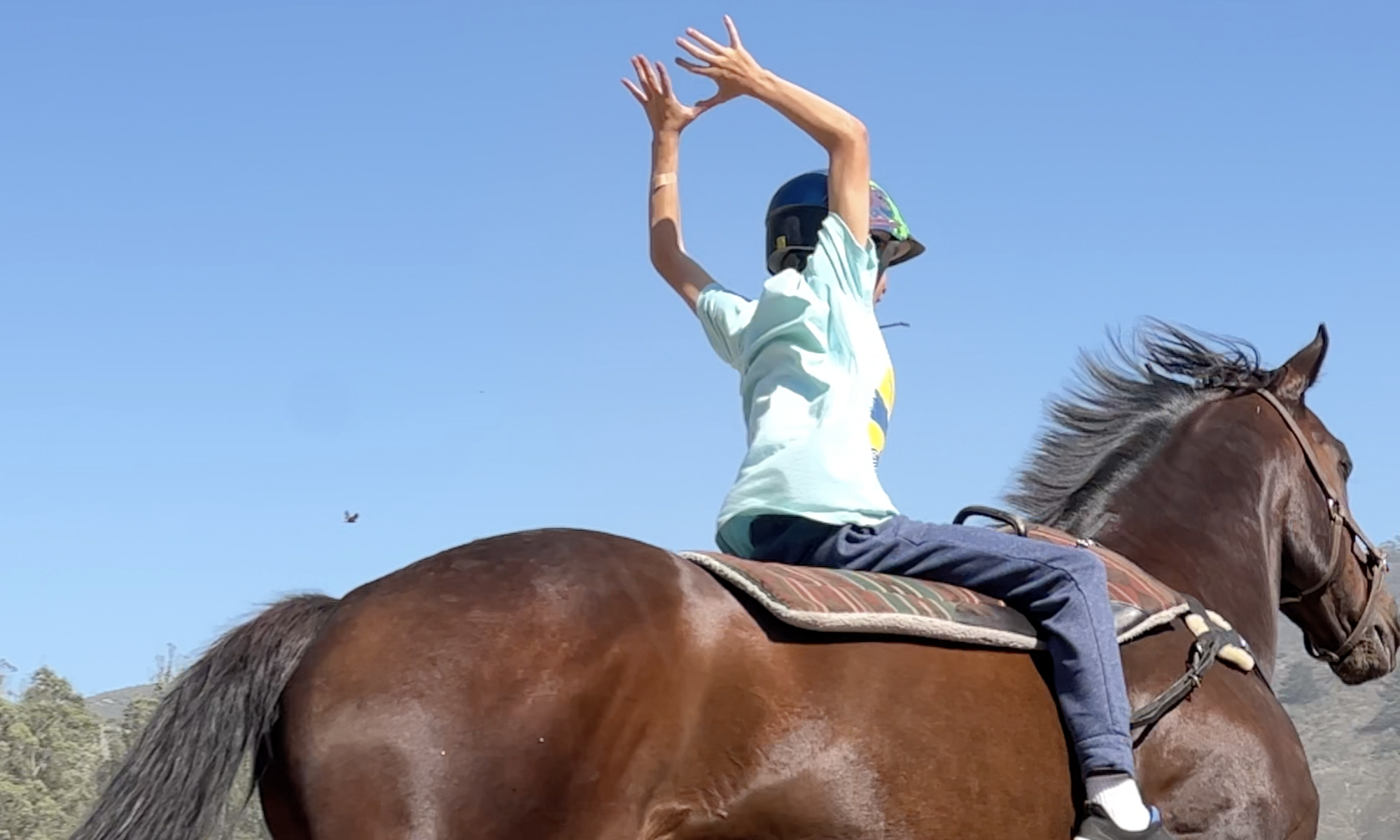What’s the deal with this “Dressage” thing? Maybe you were able to catch a glimpse of the Olympic Dressage Competition on television or maybe you watched the travelling Lipizzan show as a kid. Your impression was that while beautiful, these “trick” horses had been taught their lovely skipping, prancing and dance movements in a manner akin to circus animals.
Or maybe you have watched a dressage aficionado at your barn struggle for the perfect transition or the correct symmetry of a 20-meter circle.
Either way, you may have decided that this sport is not for you, or your horse.
The truth is that you are wrong on both counts.
Dressage is a French word that simply means, training. The show tests, from Training level through Grand Prix are all designed to bring a horse and rider to harmony through progressive levels of balance, suppleness, precision and difficulty of movements.
Riders and horses are penalized for tenseness, resistance, and lack of willingness or rhythm. The ideal dressage horse will be light, powerful and relaxed. He will exude an aura that he is happy to do his job and that the rider is also having a good go.
Gadgets and training aids are not allowed in the show ring. Lower level horses are required to perform in a simple snaffle. No leveraged, port or alloy metal bits are allowed. It should also be noted that riders are penalized for vocalizing during a test. The intention is to have horses that are relying on the subtle and clear cues from a mild bit, leg and seat aids, not from learned voice cues, or artificial training aids.
A classical progression of training creates a horse that is responsive, limber and balanced. This makes for better jumping, reining, polo, trail riding and just about any other athletic endeavor you can do with your horse.
There are six goals when it comes to training a horse in dressage.
The elements of the Training Scale are (in order from bottom to top):
* Rhythm
* Suppleness
* Contact
* Impulsion
* Straightness
* Collection
Each goal is contingent on the establishment of the proceeding. Thus, to try and establish Suppleness before defining Rhythm would be like asking a 1st grader read before teaching him the alphabet.
Both you and your horse will find certain phases easier than others. This may depend on his breed, or either of your confirmation, temperament, physical limitations or prior training. Parts II, III and IV of this series will examine the specific Elements of Dressage in more detail and how they can help you and your horse achieve a better understanding of each other.
An interest in dressage does not mean that you have to go out and buy an expensive saddle, hire a new trainer and think about wearing a silk hat and a coat with tails in your next show. The basic elements of dressage can be built into your current training program with little or no change in tack or attire. However, the new level of communication between you and your horse may incline you to transform into a “Dressage Queen (or King).”
The Great Master Xenophon said it best:
“If one induces the horse to assume that carriage which it would adopt of its own accord when displaying its beauty, then, one directs the horse to appear joyous and magnificent, proud and remarkable for having been ridden.”

